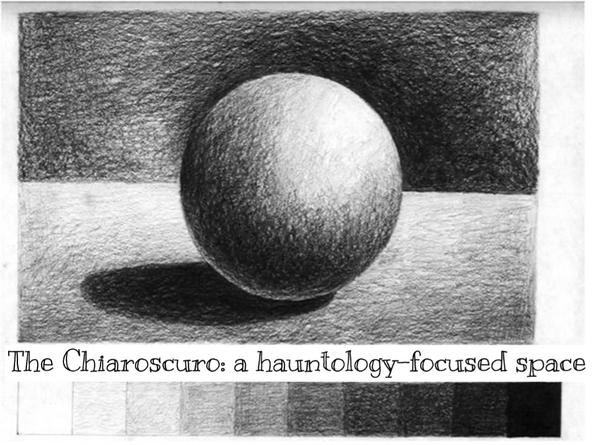A series of journals in which Lance Peng contemplates his teaching practice.
Reading Lysgaard on dark pedagogy left me thinking about how loaded the word pedagogy already is. It disguises itself as neutral but it always carries the weight of human-centred assumptions: what we value, what we call knowledge, what we erase and it gives us a comforting illusion that the world is narratable, graspable. Yet beyond that little bubble lies Thacker’s world-without-us: indifferent and unmoved.
Dark pedagogy lives in that uneasy space between denial and despair, the oscillation between pretending everything is fine and recognising that nothing (not even meaning!) is guaranteed. Brassier’s brutal clarity (nihilism as fidelity to truth) feels strangely liberating and if everything ends, then maybe teaching doesn’t need to rescue the world. Maybe it can be humbler. More honest. A way of dwelling with the monstrous, the unknowable without turning it into a cheerful slogan.
So what does it mean to teach in the face of extinction....not metaphorical but literal?
I tried to explore that in today’s session.
I opened with Lovecraft because cosmic indifference is a superb pedagogical tool. Lovecraft’s creatures don’t hate us; they don’t even notice us. The horror is the collapse of our centrality.
That collapse mirrors education: every time we ask students to unlearn something, we ask them to stand on a cliff-edge where the ground no longer feels solid. For today’s group of student teachers, I framed this as a professional skill: decentring ourselves so learning can happen.
I said breathless feeling is exactly what marks a threshold moment....not failure but transformation.
Lysgaard’s continuum gave the group a language for the emotional weather of learning. They recognised denial as the default mode of schools: tidy answers, learning outcomes and illusion of stability.
When I described insanity as the moment an inherited worldview cracks, that opened a useful discussion: not about avoiding the wobble but about supporting students through it.
The most powerful moment for me came when one student spoke openly about feeling overwhelmed by the constant balancing act between work, study, life and there was something incredibly brave in the way they named that pressure so plainly. It cut through the usual performance of “holding it together” that education quietly demands from everyone in the room, perhaps including me.
I didn’t rush to reassure them. Instead, I let the pause stretch. That silence felt rare, almost illicit, as if we’d briefly stepped outside the usual script of teacher training. In that pause, I realised how seldom we allow space for difficulty to be spoken without immediately smoothing it over and it felt like a small opening, a moment where the shadows were allowed to exist without being tidied away.
What struck me afterwards was how that moment stayed with me. It reminded me that dark pedagogy isn’t an abstract idea; it’s lived, felt, embodied and it’s the willingness to let discomfort breathe.
To resist the urge to fix or polish. To make room for the messy truth that teaching and learning are never as stable as we pretend.
I also shared my own educational ghost: Confucianism as atmosphere....obedience, silence, shame disguised as virtue. I told them I hated it not philosophically but because it shaped my schooling as unquestionable truth.
Maybe that’s dark pedagogy’s invitation:
not to illuminate everything
but to pause in the half-light
and listen to what stirs in the shadows.
Not to fix the world,
but to remain with its uncertainty
and teach from there.


No comments:
Post a Comment